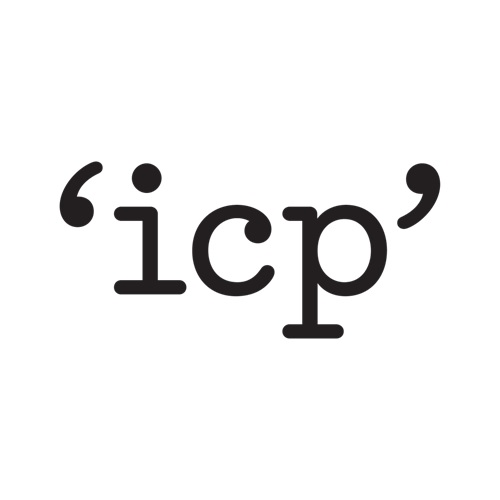Transaction or growth based – for an acquisition or for a management buy-out. Alternatively funding for growth through capital investment or increasing working capital requirements as a business expands. You may need funding for a start-up or early stage business.
Cash out – for owner-managers to release equity whereby one or more shareholders seeks external investment, normally from a private equity fund, in order to realise some of their shareholding for cash while retaining an ongoing interest in their business. This can often be combined with raising finance for an acquisition or to fund organic growth.
Refinancing – it may also be that an existing financing agreement is reaching its end and so a refinancing is required, perhaps on improved terms or with a different structure which better matches the business’ characteristics and requirements.
Our team has many years of experience of advising companies on accessing, structuring and negotiating finance which is appropriate to our clients, whether it is from private equity, venture capital, high net worth individuals, traditional banks, independent asset-based lenders, crowdfunding platforms or the public equity markets such as AIM or the Official List.
HOW CAN WE HELP?
Initially, we will assess the feasibility of the proposition – this will entail us understanding your proposal or idea in detail, recognising at this stage that you may not have a fully-fledged business plan. Through some early financial modelling we will be able to help quantify the range of funding required and we can then advise on the various sources of finance that could be available.
Once the proposition has been honed we can bring our years of experience of reviewing business plans to bear to help you create a clear and concise document that can be shared with the funding audience. As part of this process we will also work with you to prepare (if required) or challenge the detailed financial projections that will accompany the business plan. This will typically involve numerous iterations until everyone is comfortable with the overall proposal.
Using our wide range of contacts and our research capabilities, we will introduce your proposal to appropriate debt and/or equity funders. A “warm” introduction to funders and a professionally prepared business plan makes this introduction stage far easier and your proposal is likely to attract greater interest with more relevant funders. Once the appetite of funders is whetted we will assist you in finalising a presentation to give to the interested funders face to face which will bring the opportunity to life.
When indicative offers are received we will again use our financial modelling and financing skills to assess the various options and negotiate appropriate terms on your behalf. While there is competitive tension between competing funders we would seek to confirm as many of the detailed terms as possible and to maximise your negotiating position. Terms may include repayment profiles, equity stakes, rights attracting to the funding, financial covenants, and others depending on the type of funding. It is key to remember that whilst you may not have been through this before, we have.
Once preferred funders have been agreed upon we will project manage through any necessary due diligence requirements and liaise with your legal and tax advisers through to you receiving the intended funding.
SOURCES OF FINANCE

Finance for businesses can be broken down into two main categories – debt and equity – with the relative mix between the two dependent on the situation.
Debt is usually the cheapest source – be it from a high street bank or a specialist independent lender. Debt can be in the form of a loan which is typically repaid over an agreed period of time while overdrafts and invoice discounting facilities are mainly used for working capital financing. Other more specific debt products include hire purchase and leasing for capex requirements, trade finance for import / export requirements, and even stock funding. All of these are usually secured against the assets of the business but it may be possible to obtain an additional loan in particular circumstances where security is insufficient but the lender considers risk to be low as a result of the strong and predictable profit steam and cash flows of the business, often referred to as a “cash flow loan”. Debt can also be raised from a vendor in the case of an acquisition or MBO. In such circumstances the vendor lends some of the proceeds back to the buyer in exchange for a loan note with an appropriate interest coupon to enable the deal to happen in circumstances where it might otherwise not due to a lack of available third party finance.
Private equity (sometimes referred to as venture or development capital) funding is used to bridge the gap between the funding requirement and the amount available from other sources. Private equity investors invest in the share capital of the company becoming part-owners of the business. The size of the equity stake they take will depend on a variety of factors such as risk, return, quantum and purpose. This funding is considerably more expensive than debt which reflects the higher risk the investor is taking by ranking behind the bank, known as the “senior lender”. A private equity investor will receive some return through interest and/or dividends but will achieve its main return from selling its shares in the future – therefore the growth of the business is important.
Equity (and debt, to some extent) is also available through crowdfunding, a relatively new but fast growing source of finance. Crowdfunding is a way of funding a project or venture through raising finance from a large number of people rather than one or two funders. The investors will typically invest via an online platform and, while each individual investment may be quite modest, the overall number (or crowd) of investors delivers the required overall quantum.
Raising finance on the public markets by way of a flotation is an option for more companies than many realise. From start-ups, through high growth companies, to mature multinationals – all can raise funding via AIM, the Official List or ISDX. We are able to project manage all aspects of the flotation process and our team has a track record of delivering such transactions in an efficient and successful manner.
We can facilitate test marketing to determine market appetite and a likely valuation range at an early stage and are therefore able to provide all stakeholders in the process with a high level of transparency and confidence in a successful outcome before significant costs are incurred.
We are therefore in a unique position of being able to advise on both public and private funding, which sometimes involves running a dual track process in which private and public equity markets are considered.
THE FUNDING CHALLENGE
Raising capital is an integral part of the business planning process. Often a complex and lengthy process, the goal is to ensure that your business is operating efficiently and is in the best financial position to raise funding to meet your needs.
The rules of funding have changed radically in recent years. Whilst many businesses continue to have access to traditional debt finance, other funding options are increasingly available and may well be an appropriate solution.




